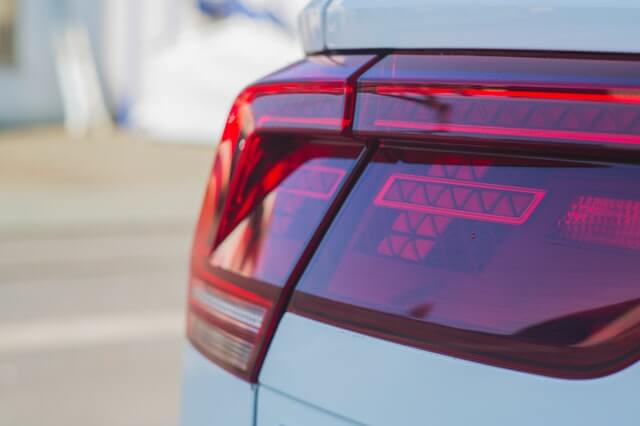Miami is notoriously dangerous for cyclists. Bicycle accidents in Key Biscayne are especially common. Here’s how to stay safe this summer. Every summer in Miami, the roads and trails seem to fill up with bicyclists. With the restrictions surrounding COVID-19 slowly fading, this year will probably see lots of people out on their bikes. One of the most popular places to ride—Key Biscayne—is likely to see a lot of increased bicycle traffic, as well. It’s no surprise, considering the beautiful views of Biscayne Bay along the way. Unfortunately, the incidence of bicycle accidents in Key Biscayne will also rise as people start to take to the roads across the Rickenbacker Causeway and throughout the island. If you plan to ride your bike this summer, whether solo or with friends and family, here are a few things you should know about staying safe. Why Accidents Happen First, it’s important to understand why bicycle accidents happen before we discuss any safety tips. Knowing what to look out for will increase your chances of avoiding injury. Some of the most common reasons that bicycles get into accidents with automobiles include: Poor cycling infrastructure Inattentive driving and riding Failure to give right of way …
In a Rear End Collision, Can I Be Held Liable for Damages If I Was Hit from Behind?
When you get rear ended while driving, you might think that you can’t be held liable for the accident. In most rear end collision cases in Florida, that’s true—the rear driver is usually found to be at fault. The reason rear end accidents usually favor the driver who is struck from behind is that Florida courts use a rebuttable presumption—an assumption that stands unless another party contests it—in such car accidents. What you might not realize, though, is that in certain situations you can be held liable as the front driver. You never know when someone will hit you from behind. Here’s what you should know. When the Front Vehicle Can Be Held Responsible in a Rear End Collision In Florida, the law follows what is known as “comparative negligence” to assign liability in auto accidents. For instance, the jury in the case could find you 20% liable and the other driver 80% liable, which would reduce the compensation you would receive in a settlement. In a rear end collision, you could be assigned some or even all of the responsibility for the accident in certain situations. For example, if the evidence were to show that you were driving erratically …


